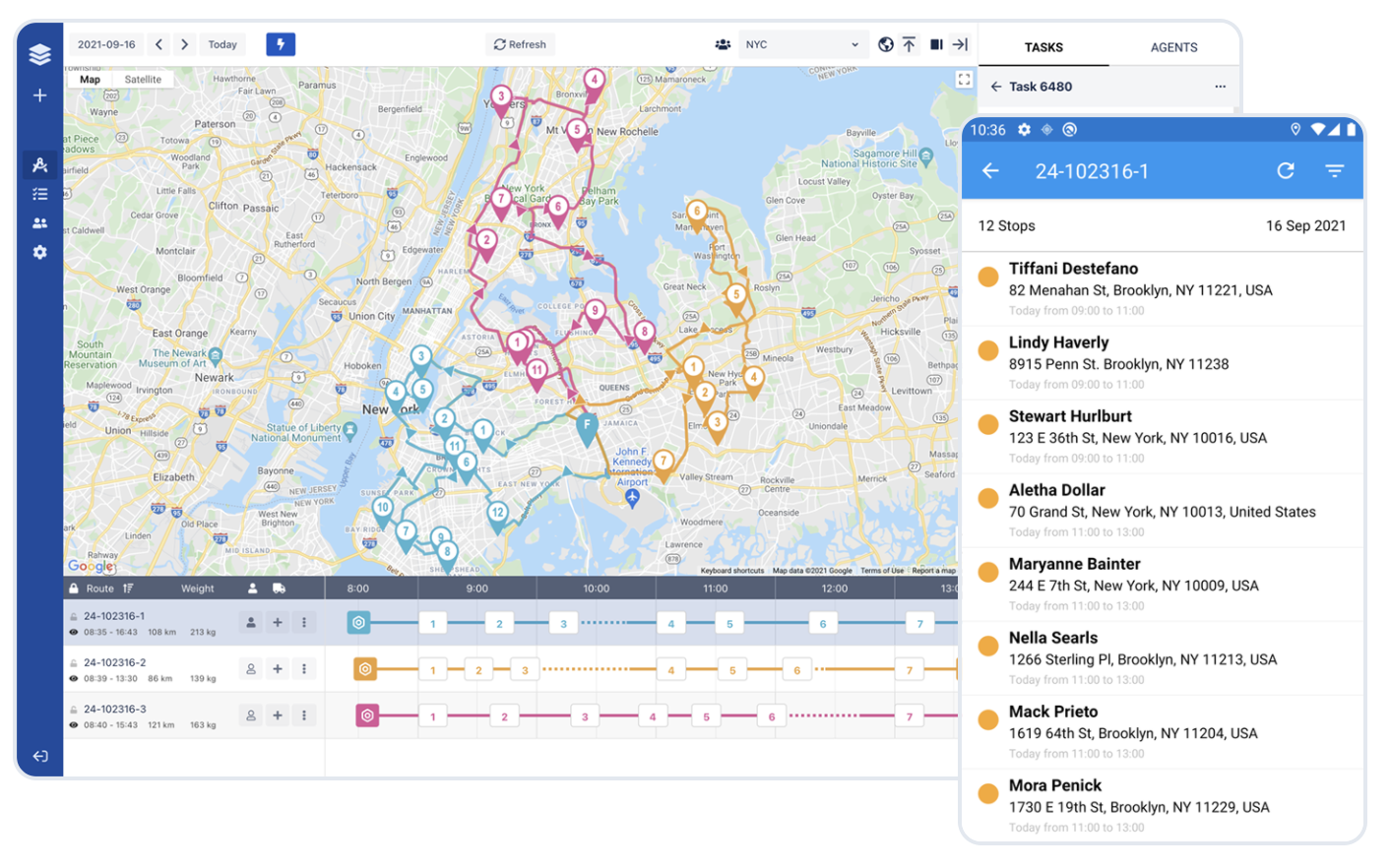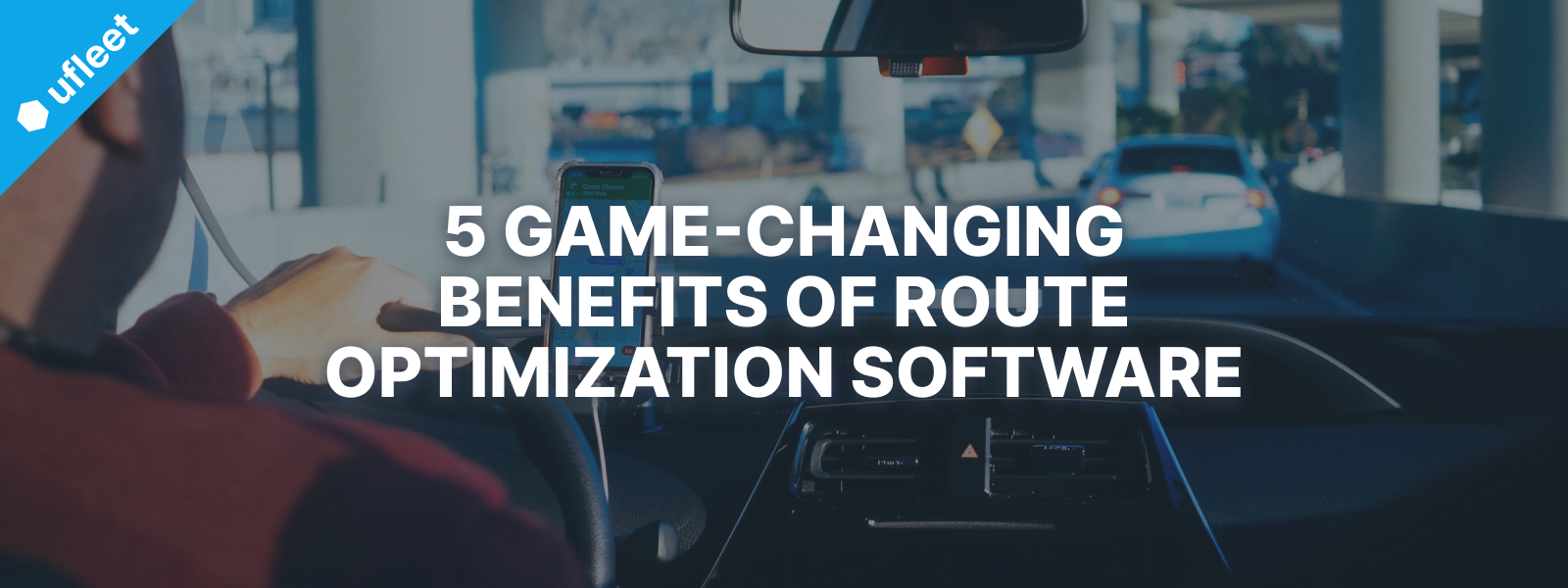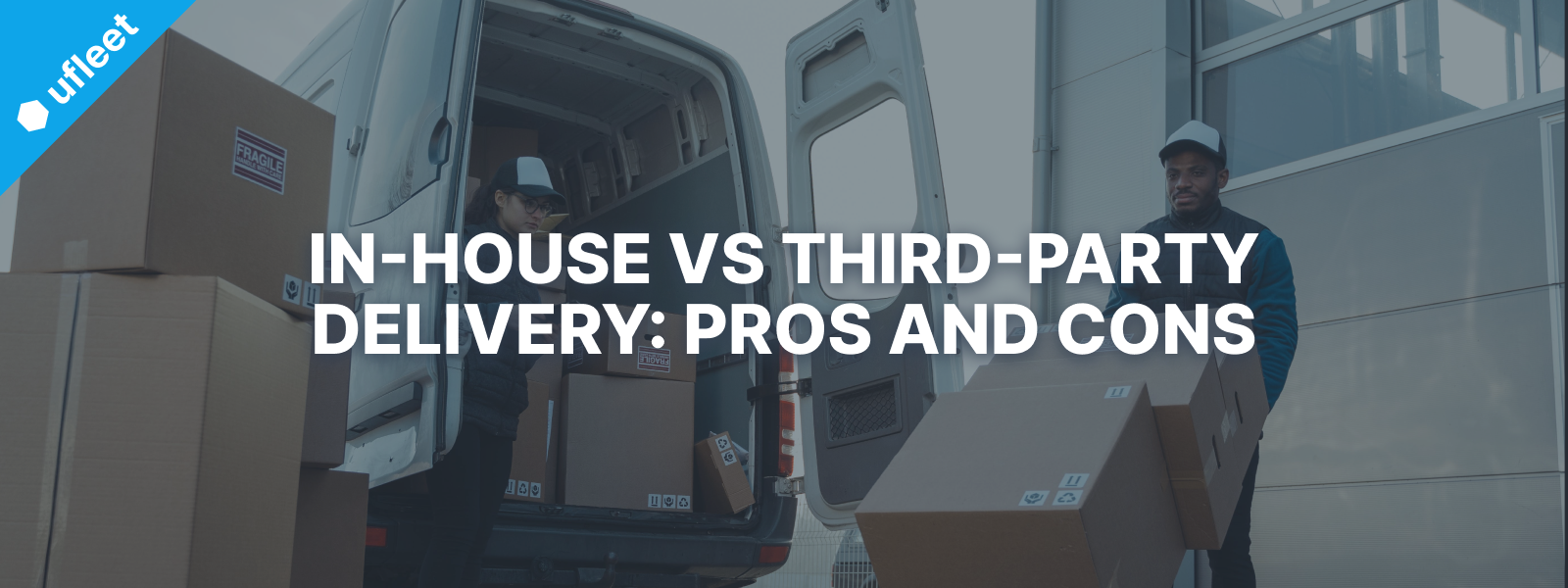When starting an ecommerce business, you have to think about what ecommerce platform to pick, how to handle deliveries, how to accept payments, and more.

You're already selling a lot in your physical store, your business is doing great, and you want to take things online. Or you have a killer idea and want to start an ecommerce business from scratch! You know your customers, your product, and your market. And the time to make the first steps has come!
But starting an ecommerce business is much more than building a website and listing your products there. You have to think about what ecommerce platform to pick, how to handle deliveries, how to accept payments, and more.
To help you get started, here are the basics you must get right from the beginning.
1. Reliable and scalable ecommerce platform
The ecommerce platform you're about to use is the foundation. It's similar to your physical storefront: it has to look good, work well, and support everything that happens behind the scenes. A great platform should support you as you grow the business and increase sales volume.
You should also consider load speed and mobile optimization as they directly affect conversion. Google reports that even a 1-second delay in mobile load time can reduce conversions by up to 20% for ecommerce businesses.
Also, make sure your ecommerce platform integrates with other apps you’ll need down the line—email marketing tools, SMS, analytics platforms, and fulfillment systems—so you don’t have to rebuild everything six months later.
Ecommerce platforms like Shopify, Wix, and WooCommerce are among the most common ones. They are known to be great in providing not only the basics, but also synchronization with your inventory system, SKU management, or the ability to adapt to peak sales periods like holidays.
2. Excellent and detailed product presentation
In eccomerce, product presentation should reduce uncertainty about the product. In-store, your staff can explain, demonstrate, and reassure. Online, it's much more difficult.
Even if you have a live chat assistant, you can never fully recreate what the material of a dress feels like, for example. But you can do it, almost fully. To achieve that, use high-resolution photos from multiple angles. It's always best to include in-context photos - for example, show a couch in a styled living room, not just on a white background. Close-ups for texture and finish are a must. If applicable, you can also share short videos or 360° views.
You also need detailed, unambiguous descriptions. Size, size fit, dimensions, color options, materials, care instructions. Every missed detail creates hesitation, which kills sales. On the contrary, a detailed description can boost conversions.
A good rule of thumb: if it's something a customer might call you to ask about it, it should already be on the product page.
3. Fast and flawless checkout
For ecommerce businesses, the checkout page is where you can win or lose a sale. The single biggest reason for cart abandonment? Friction. Even minor delays or extra fields can drive people away. It has happened to me tens of times.
Here’s what most ecommerce businesses do wrong: they optimize for what’s convenient for them, not what’s smooth for the customer. Don't do that!
Instead, here’s what you can do:
- Offer multiple payment options (credit card, PayPal, Apple Pay, BNPL options).
- Allow guest checkout—forcing account creation drops conversion by up to 35%.
- Keep shipping options transparent from the start—nobody likes a surprise at the end.
And if you're selling high-consideration items like appliances, furniture, or luxurious goods, offer phone or chat support during checkout. These customers often want reassurance about certain product features, delivery timelines, return options, etc, before they finalize a purchase.
4.Treat delivery as part of your offering
Delivery is where your website meets the real world. For many first-time ecommerce businesses, it’s where things fall apart, and unfortunately, poor delivery can damage your brand reputation. A great website experience and exceptional products can be overpowered by a bad delivery experience. So don't underestimate deliveries!
A timely delivery is the foundation, but you also need to provide flexibility, transparency, and a polite attitude. Most often, you have two delivery options when starting your ecommerce business.
Bonus tip: Think about how you'll handle ecommerce returns too!
1. Outsource delivery to carriers like FedEx, UPS, or USPS
This is great for standard-sized, non-fragile items. It’s scalable, predictable, and easier to automate. But it comes with limits:
- Lack of control over deliveries
- No white-glove or inside delivery
- Higher risk of damage or mishandling
2. Manage deliveries in-house
If you're selling big, bulky, perishable, or items that need special care, this is often your only viable option. Think:
- Furniture, appliances, or mattresses that require setup
- Flowers, groceries, or fresh meals with tight freshness windows
- Cannabis or pharmaceuticals that require licensed handling
- Luxury products where white-glove service matters
Done right, in-house delivery gives you full control over the customer experience. But it’s also operationally intense. You'll need to invest in delivery fleets, drivers, and at some point in route optimization software as well.
5. Without marketing, nobody will find you
“If you build it, they will come” does not apply to eCommerce businesses. Without marketing, you are doomed to fail. If marketing is not your super skill, hire someone proficient. Here are some basic activities you should check:
- Search engine optimization for visibility: Optimize your product pages and blog content around search terms your ideal customers are searching for.
- Email marketing for retention: A customer who buys once and never returns isn’t profitable. Use automated email flows - for example, a welcome email, abandoned cart reminder, post-purchase offers.
- Social media for brand recognition: It's not only about the website and product listings. People want to connect with your brand, values, and vibe.
- Ads for lead generation: Think of social media ads, search ads, display ads. While this is usually a costly investment, if done right, it should bring significant results.
Final thoughts
Starting an ecommerce business is tough. Selling online is a whole different game compared to brick-and-mortar stores. With the right foundation, a strong focus on customer experience, you'll be able to make your first steps successfully.
If you liked this post and want similar content straight in your inbox, subscribe for Ufleet's newsletter below.
Never miss a post
You may also like…
You too can reduce costs and improve efficiency with Ufleet
- plan and optimize delivery routes
- manage and empower drivers
- enhance customer experience
- make data-driven business decisions
We’d love to learn about your challenges.
Leave your email and we’ll get back to you.





